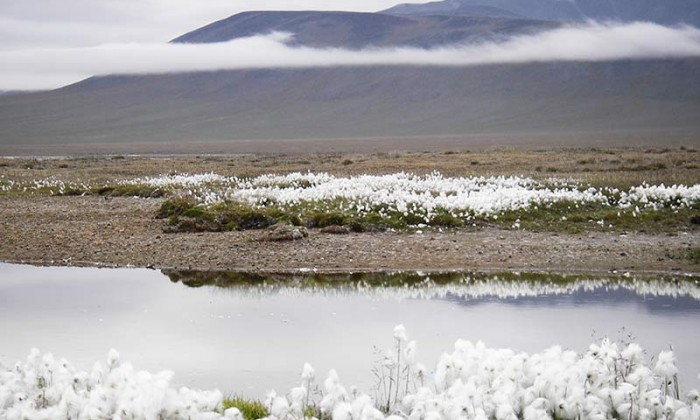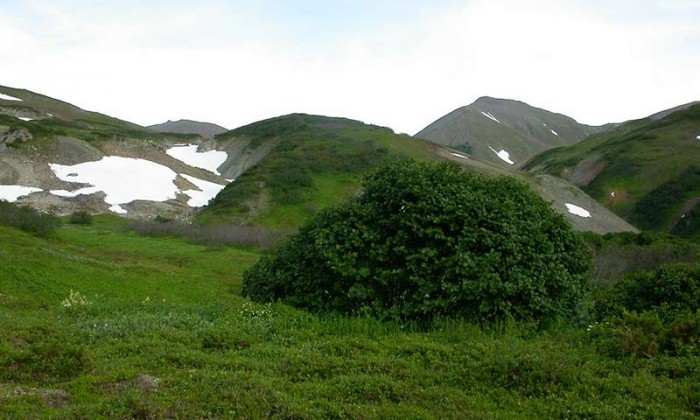
Expedition: Beringia 2005: Ecology and evolution
5 July 2005 - 25 September 2005 Bering Strait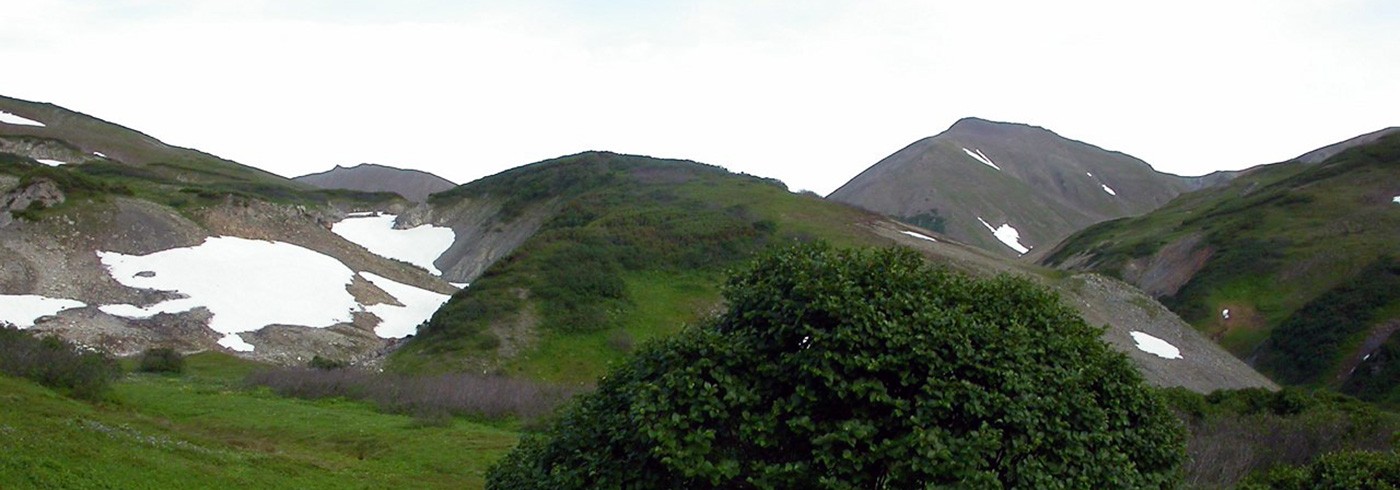

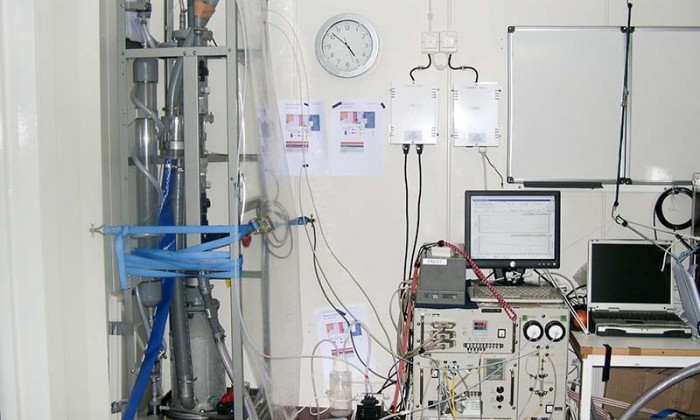
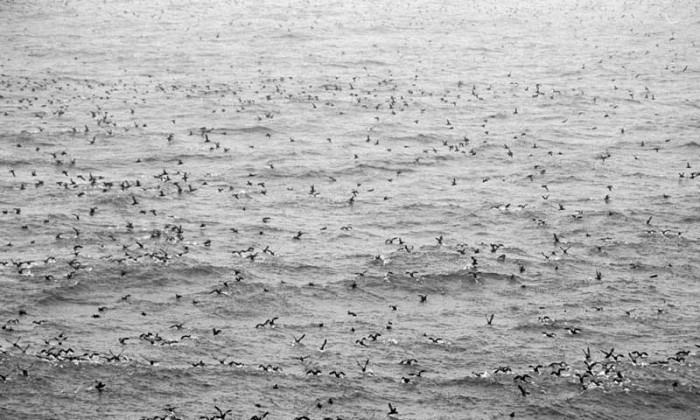
Bird migration and species diversity under polar conditions: the Siberian – American migration systems
The aim was to investigate the extent and exact routes of bird migration in the Siberian–Alaskan region by the use of tracking radar onboard the expedition ship.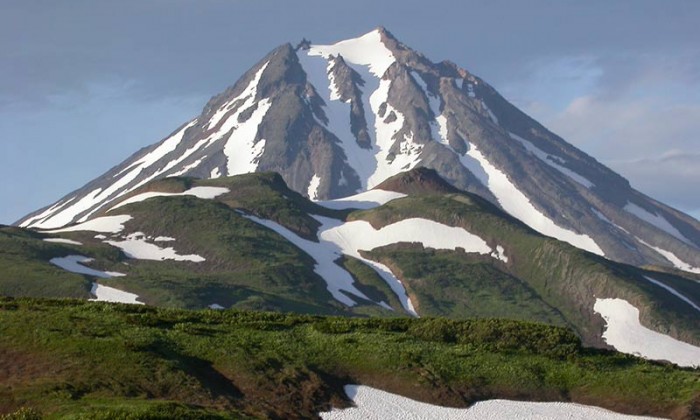
Plant–herbivore systems in Kamchatka
Kamchatka is a peninsula of approximately the same size as the Scandinavian Peninsula. Although far away from each other on the northern hemisphere, both areas have northern connections to the mainland and a rather similar fauna and flora.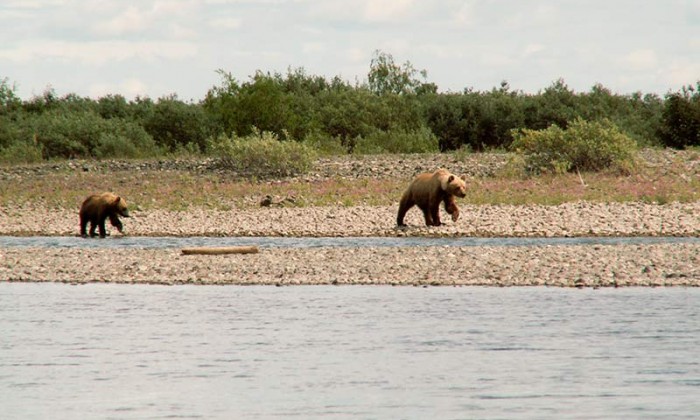
The role of mediumsized predators in the arctic ecosystem
The objective of this project was to investigate the role of medium-sized predators, mainly arctic and red foxes, in a terrestrial arctic ecosystem in Chukotka, Russia.
Collecting for the Swedish Museum of Natural History
The main objective was to secure from the biological research carried out during the expedition suitable voucher specimens to be incorporated into the scientific collections of the Department of Vertebrate Zoology at the Swedish Museum of Natural History.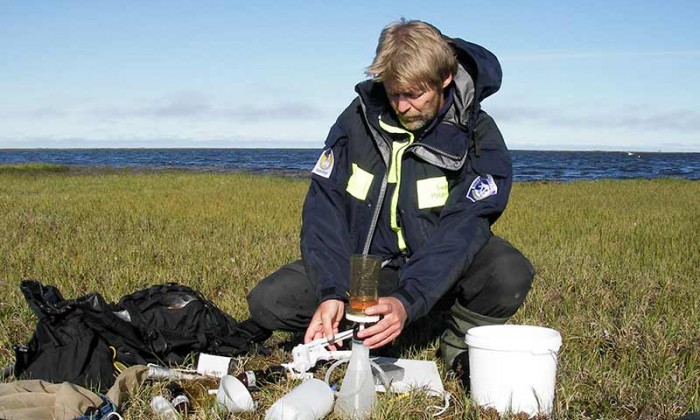
Food web composition and responses to UV radiation in arctic freshwater ecosystems
The aim of my project was to assess the level of pigmentation among zooplankton in Beringian lakes and compare with the levels found in temperate regions.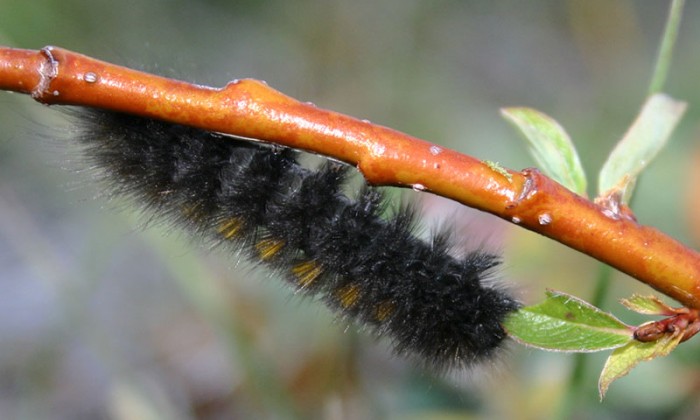
Biogeographical pattern of diversity, distribution and regulation of arctic willows and insects
The aim of this project is to compare the diversity, distribution and trophic interactions in willow–insectparasite systems on both sides of the Bering Strait and along a latitudinal gradient.
Herbivory and plant biodiversity in an arctic environment
Biotic interactions may still play an important role in shaping plant diversity patterns. Such biotic interactions include both plant–plant interactions and plant–animal interactions.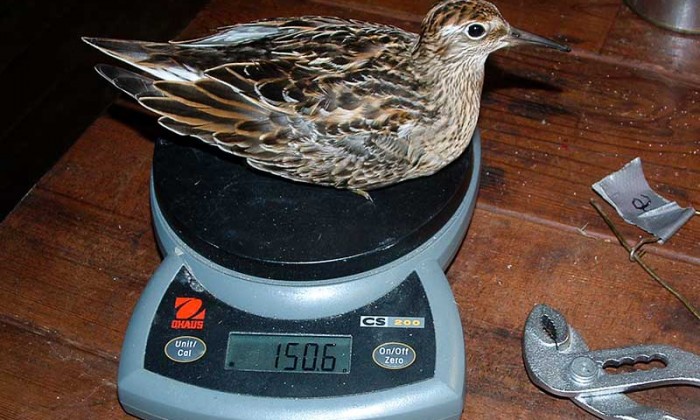
Getting fat in Alaska – how migratory shorebirds prepare for trans-global flights
The Arctic summer offers huge and highly productive areas for reproducing shorebirds. However, the summers are short and the breeding areas are far away from suitable wintering grounds at temperate and tropical latitudes.
Infectious agents in bird populations in the Beringia area
The scientific focus and logistical framework for our part of the Beringia 2005 expedition were to collect faecal samples from shorebirds, ducks, geese and gulls to check for the presence of microorganisms like antibiotic resistant bacteria.
Bird orientation at high geographic and geomagnetic latitudes
How migratory birds use their compasses and navigate in these High Arctic regions is the focus of this research project. During the Beringia 2005 expedition we have studied a number of related projects on avian orientation and optical phenomena.